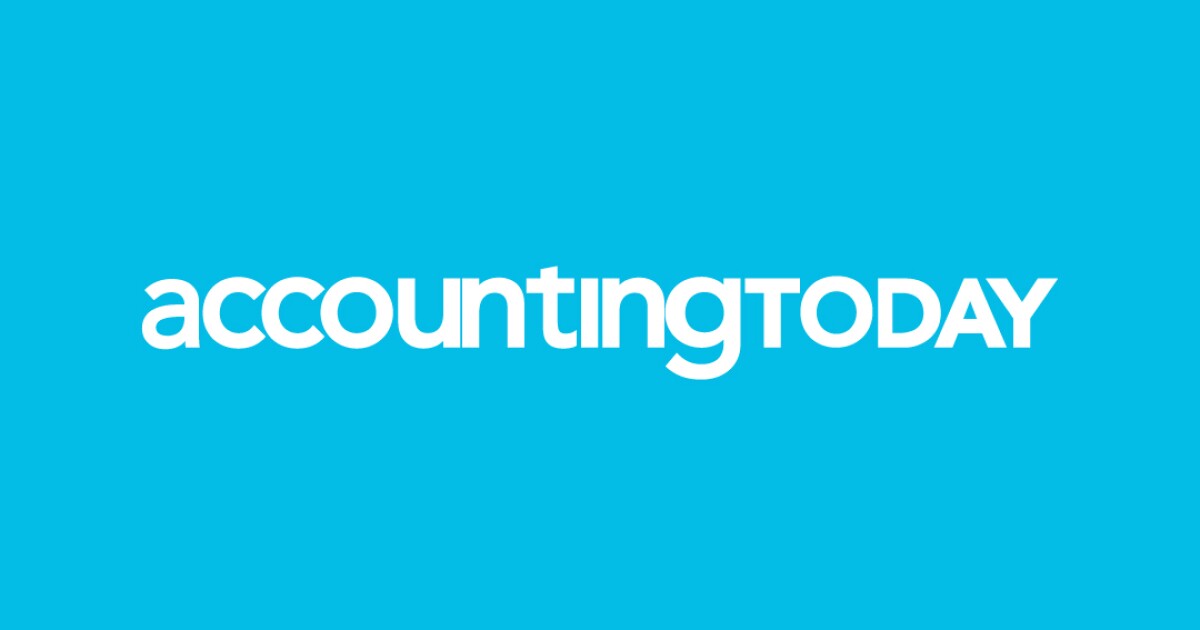What does it take to launch tax software from scratch? It’s not easy, for sure. However, after being on the development side of tax software this past year, I can attest to the fact that the process is exciting, stressful, educational and fun.
I’m not sure anyone in the company I work for, April, including the co-founders, understood what they were embarking on at the start of the journey. The one thing I was acutely aware of, though, was that there was a high probability of failure. Still, what we were doing was possible. After all, 30 years ago, I helped build tax software for Price Waterhouse. But knowing it could be done did not make it less daunting. though.
Here’s a look at my big takeaways from being part of a new software development process.
Lots of places for mistakes
When it comes to tax, there is no trying. And something that “kinda” works just won’t work. The software either works or it doesn’t. Add to that the complexity of the Tax Code and things are just that — completely and utterly complex.
Do you have an inkling of how many paths a taxpayer can take? It’s a big number — 11 digits long. That’s the length of your car’s VIN number, more than the number of digits in a phone number, or the number of digits in that tracking number for your recent online purchase. And that’s a heck of a lot of paths to verify that they work. Not to mention the pressure that comes from signing off and telling the company that you’ve tested everything and things are good to go.
How software is built has evolved
The tools that are used to build software have evolved significantly over the last 30 years. And when you use these new tools, you can be flexible!
Not all old-school vendors have reinvested in newer tools. Rather, they have a legacy system that they just keep updating. That’s OK, it’s just that legacy systems are not flexible and it takes a lot of engineers to keep up with year-to-year tax law changes.
Flexibility allows for randomness and the ability to calculate every possible outcome or personal tax situation. When developing a minimum viable product, this amount of flexibility is not always the best path for tax professionals who love to play in the weeds. Some guidance to stay focused on what matters most is needed.
Flexibility equates to customization
The flexibility in software design today allows tax people — yes, tax people — to collect tax data and ask questions in a flow that makes sense to a taxpayer.
That means you ask the client only relevant questions. For example, when it comes to a client’s particular life situation, you start by asking, “Did your life change last year?” If it did, then here are the questions that are relevant to that life event. Or, when it comes to their employment situation and they tell you they are in the gig economy, then you get a question set applicable to the gig worker.
This customization makes for a better customer experience all around.
Target market matters
One of my most significant learnings was the need to step back and evaluate whom the software was serving and how those people were being served.
Now, that sounds familiar, right? It’s how I innovated my former CPA firm. It’s how I worked indirectly to approach the whole cloud accounting firm market as the “Radical CPA.” Yet I needed to think about those questions as they relate to Version 1 of the software I was working on.
Technology cannot be everything to everyone; it solves the needs of a defined buyer group. That understanding is equally important for the developer and the end user.
It’s fun
The experience that comes from working at a traditional CPA firm is the exact type of endurance training needed to bring new tax software to fruition. And the process was a lot more fun, as team members in time zones around the world came together for a common cause and celebrated milestones and successes together.
Ultimately, tax professionals should know that the tools needed to really change the tax world as we know it today do exist. Starting from scratch to develop software is hard, but it ultimately creates a better customer experience for all. Let’s hope more software developers utilize new technology as a way to continue driving our profession forward. And let’s make sure we have some fun along the way.


